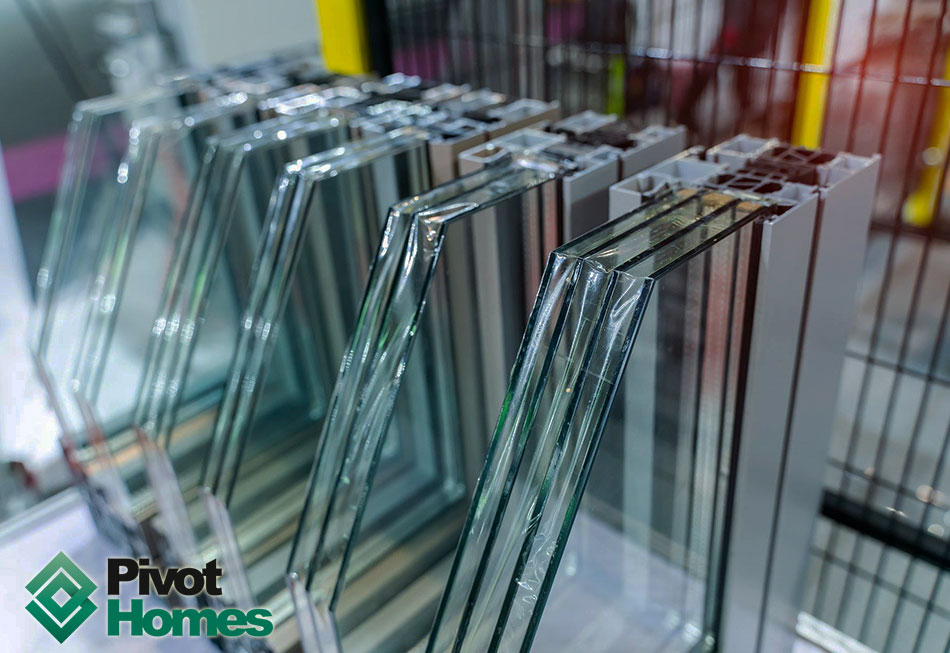All Categories
Featured
Table of Contents
Diy Double Glaze in Menora WA
Glazing simply implies the windows in your house, including both openable and set windows, as well as doors with glass and skylights. Glazing in fact just suggests the glass part, but it is generally used to refer to all aspects of an assembly including glass, movies, frames and furnishings. Paying attention to all of these elements will assist you to attain reliable passive design.

Energy-efficient glazing makes your house more comfortable and significantly lowers your energy costs. Improper or poorly created glazing can be a significant source of unwanted heat gain in summer and substantial heat loss and condensation in winter. Up to 87% of a house's heating energy can be acquired and as much as 40% lost through windows.
The Best Double Glazing Companies In Canberra in Manning Western Australia
Glazing is a significant investment in the quality of your house. The cost of glazing and the expense of heating and cooling your home are carefully related. An initial financial investment in energy-efficient windows, skylights and doors can greatly reduce your annual cooling and heating costs. Energy-efficient glazing likewise minimizes the peak heating and cooling load, which can reduce the needed size of an air-conditioning system by 30%, leading to additional expense savings.

This tool compares window choices to a base level aluminium window with 3mm clear glass. Comprehending some of the essential homes of glass will assist you to choose the very best glazing for your home. Secret residential or commercial properties of glass Source: Adapted from the Australian Window Association The amount of light that goes through the glazing is called visible light transmittance (VLT) or visible transmittance (VT).
Does Double Glazing Reduce The Heat In Brisbane's Summer? in Waikiki WA
The U worth for windows (expressed as Uw), describes the conduction of the whole window (glass and frame together). The lower the U value, the higher a window's resistance to heat circulation and the better its insulating value.
For example, if your home has 70m2 of glazing with aluminium frames and clear glass with a U worth of 6. 2W/m2 C, on a winter season's night when it is 15C cooler outside compared with inside, the heat loss through the windows would be: 6. 2 15 70 = 6510W That is equivalent to the overall heat output of a large space gas heating unit or a 6.
Which Double Glazed Windows Are Best For Summer? in Hillarys WA

If you choose a window with half the U value (3. 1W/m2 C) (for example, double glazing with an argon-filled gap and less-conductive frames), you can halve the heat loss: 3. 1 15 70 = 3255W The solar heat gain coefficient (SHGC) for windows (expressed as SHGCw) measures how readily heat from direct sunshine flows through an entire window (glass and frame together).
The lower a window's SHGC, the less solar heat it sends to your house interior. Glazing producers state an SHGC for each window type and style. The actual SHGC for windows is impacted by the angle that solar radiation strikes the glass. This is known as the angle of incidence.
5 Benefits Of Double Glazing Windows in Ocean Reef WA
When the sun is perpendicular (at 90) to the glass, it has an angle of incidence of 0 and the window will experience the maximum possible solar heat gain. The SHGC declared by glazing makers is always calculated as having a 0 angle of incidence. As the angle increases, more solar radiation is reflected, and less is sent.
Table of Contents
Latest Posts
Blown Double Glazing & What To Do About It in Mundijong Western Australia
What Are The Advantages Of Double Glazed Windows? in Queens Park WA
Double Glazing Versus Secondary Glazing in Marmion Western Australia
More
Latest Posts
Blown Double Glazing & What To Do About It in Mundijong Western Australia
What Are The Advantages Of Double Glazed Windows? in Queens Park WA
Double Glazing Versus Secondary Glazing in Marmion Western Australia